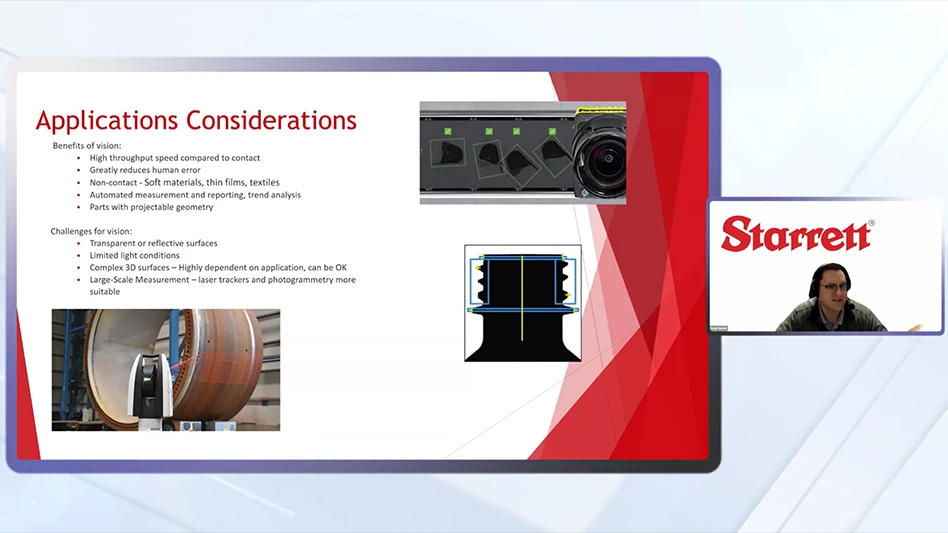
Turkish Aerospace Industries, Inc., a major international F-35 Lightning II supplier to Northrop Grumman Corporation, has delivered a prototype of its first major structural element for the jet's center fuselage, which Northrop Grumman produces for F-35 industry team leader Lockheed Martin.
Known as a destructive test article, the prototype all-composite air inlet duct reflects the growing maturity of TAI's
composite fiber-placed manufacturing processes, and the steady evolution of its role as a second source supplier of center fuselages for the F-35 Joint Strike Fighter (JSF) program.
TAI produced the air inlet duct at its composites manufacturing facility in Ankara, Turkey as part of a five-year, $28.4 million contract awarded to the company in Sept. 2009 by Northrop Grumman.
"TAI has progressed steadily in learning the high-precision manufacturing processes required to produce parts for the most capable multi-role fighter in the world," said Mark Tucker, vice president and F-35 program manager for Northrop Grumman's Aerospace Systems sector. "Its continued success helps us ensure a smooth transition from our current rate of completing approximately two center fuselages per month to an eventual rate of one center fuselage per day."
According to Tucker, the destructive test article will be used to validate the quality of TAI's composite manufacturing processes. Deliveries of production quality inlet ducts are expected by the end of this calendar year.
"This delivery is another major step by TAI to demonstrate its commitment to the success of the F-35 Joint Strike Fighter program," said Muharrem Dortkasli, TAI's president and chief executive officer.
According to Dortkasli, the company has made significant investment since 2007 in new technologies and facilities required to meet F-35 program requirements. In addition to opening its Advanced Composites Facilities in 2008 and 2010, TAI plans to open a new F-35 JSF Center Fuselage Assembly and Coating Facility in 2011.
The delivery of TAI's first air inlet duct follows a series of successful composites manufacturing training sessions conducted over the last two years for the company's engineers and manufacturing specialists by Northrop Grumman. Held at Northrop Grumman's Advanced Composites Center in El Segundo, the training included rigorous classroom and hands-on work to teach the TAI employees how to fabricate an F-35 inlet duct from start to finish.
TAI is a second source supplier of F-35 air inlet ducts and center fuselages to Northrop Grumman. The Turkish company is slated to produce inlet ducts to support both the current production of center fuselages on Northrop Grumman's F-35 assembly line in Palmdale, Calif., and the 400 complete center fuselages that it will produce in Turkey.
Deliveries of the TAI-produced center fuselages are scheduled to begin in 2013, as part the F-35 program's sixth phase of low rate initial production.
Since 2008, TAI has been producing increasingly complex components and subassemblies for Northrop Grumman-assembled center fuselages. The company delivered its first F-35 components to Northrop Grumman in late 2008, and its first structural assemblies for the jet in March 2009.
TAI's modern facilities in Ankara are furnished with high technology machinery and manufacturing equipment that provide capabilities ranging from parts manufacturing to complete aircraft and helicopter manufacturing, assembly and flight tests. TAI also designs, develops and integrates aerospace systems and provides modernization and after-sales support services.
Northrop Grumman is responsible for designing and producing the center fuselage for all three variants of the F-35. The company also designed and produces the aircraft's radar and other key avionics including electro-optical and communications subsystems; develops mission systems and mission-planning software; leads the team's development of pilot and maintenance training system courseware; and manages the team's use, support and maintenance of low-observable technologies.
Latest from Aerospace Manufacturing and Design
- Seventh Lockheed Martin-built GPS III satellite launches
- KYOCERA AVX's CR Series high-power chip resistor
- UT researchers receive Air Force grant for wind tunnel
- Monticont's linear voice coil servo motor
- FAA certifies Pratt & Whitney GTF engine to power the Airbus A321XLR
- Wevo's silicone gap filler
- Daher Learning Center inaugurated
- HEMCO Corporation's UniFlow CE AireStream fume hoods





